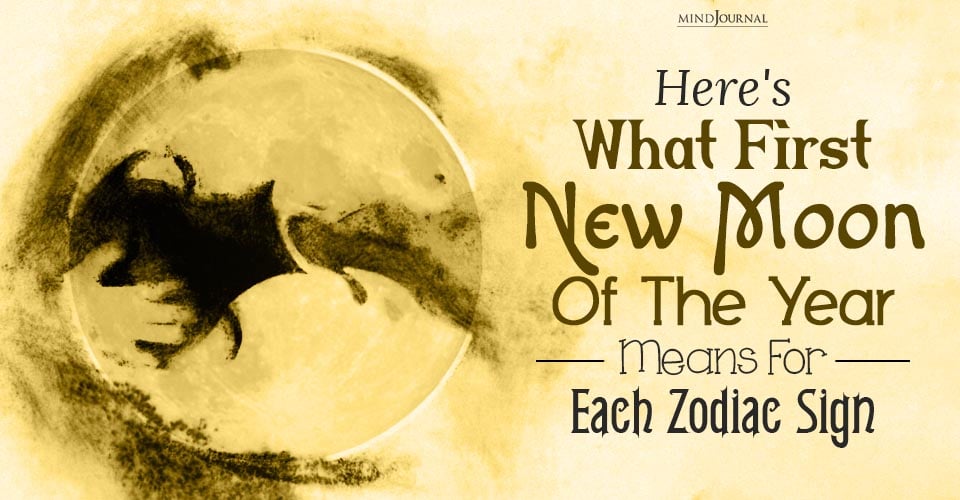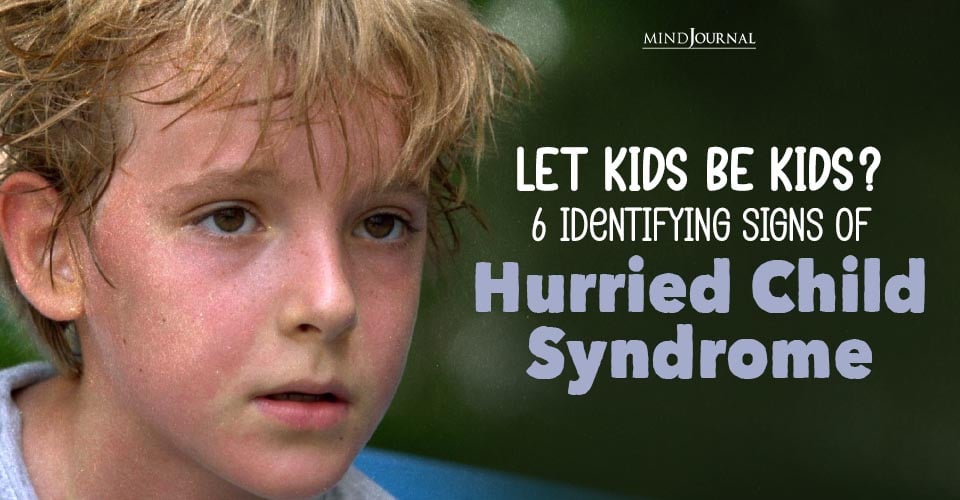In a world full of complex human behaviors and personalities, the ability to discern psychopathic tendencies has captured the attention of many. A viral TikTok video by Annie Sarnbald, a global speaker and expert in reading facial expressions, has shed light on how to spot potential psychopaths based on a seemingly simple factor: their eyes.
Sarnbald, author of “Diary of a Human Lie Detector: Facial Expressions in Love, Lust, & Lies,” has gained widespread attention for her unique insights into human behavior. During her appearance on Lewis Howes’ podcast, “The School of Greatness,” she revealed a common expression that may serve as an indicator of psychopathic traits.
According to Sarnbald, psychopaths often exhibit a distinct facial expression – wide eyes that convey a perpetual sense of fear. She explained that when an average person encounters a frightening situation or receives shocking news, their eyes tend to widen in response. Sarnbald demonstrated this by expressing how her eyes would grow wide with fear or shock under such circumstances.
Lewis Howes, the podcast host, referred to this expression as “crazy eyes,” a term Sarnbald acknowledged. She emphasized that this extreme eye widening typically occurs in the average person when they are startled or genuinely frightened.
Sarnbald pointed out that individuals rarely pull their upper eyelids back to such an extent, except in situations that induce genuine terror, such as riding a roller coaster or visiting a haunted house. She noted that this unique eye expression is a characteristic shared by many individuals in the public eye, especially those captured in mugshots.
The frequency with which psychopaths display this eye expression, even in the absence of any apparent cause for fear or shock, suggests underlying mental instability and volatility.
Sarnbald’s extensive research on the facial expressions of psychopaths and serial killers has unveiled a fascinating correlation: in nearly 20% to 30% of photos or mugshots of individuals who have committed heinous crimes, their eyelids are pulled back dramatically.
Study To Understand Psychopath Behavior And Spot Potential Psychopaths
The study of psychopathy and its associated traits has revealed intriguing insights into the psychological differences between psychopaths and non-psychopaths. One notable difference lies in how their pupils respond to various stimuli. A study published in the journal Personality Disorders: Theory, Research, and Treatment observed 82 male mentally disordered offenders. Researchers closely monitored their pupils’ reactions to visual images of real-world scenes, auditory sound clips, and dynamic facial expressions.
The study included a wide range of images, from pleasant ones like puppies to more graphic and violent scenes. The results showed a significant contrast: while the pupils of non-psychopaths dilated when exposed to frightening stimuli, the pupils of psychopaths did not exhibit the same reaction.
Experts have long recognized that psychopaths do not experience emotions in the same way as the average person. Psychopathy expert Adrian Raine noted that psychopaths tend to be thrill-seekers and are more inclined to take risks and engage in daring activities. This behavior is attributed to their distinct lack of fear and conscience, which sets them apart from the general population.
While not all individuals with psychopathic tendencies become serial killers or commit heinous crimes, their emotional detachment and absence of fear make it easier for them to act in a cold-blooded manner. This emotional void allows them to approach situations with boldness and carry out actions without the hindrance of emotions, especially fear.
In conclusion, Annie Sarnbald’s insights into psychopathic traits, as revealed through their distinctive eye expressions, offer a fresh perspective on identifying individuals with such tendencies. The research presented here highlights the unique emotional makeup of psychopaths and underscores the importance of understanding the subtle cues that may help in recognizing these traits.









Leave a Reply